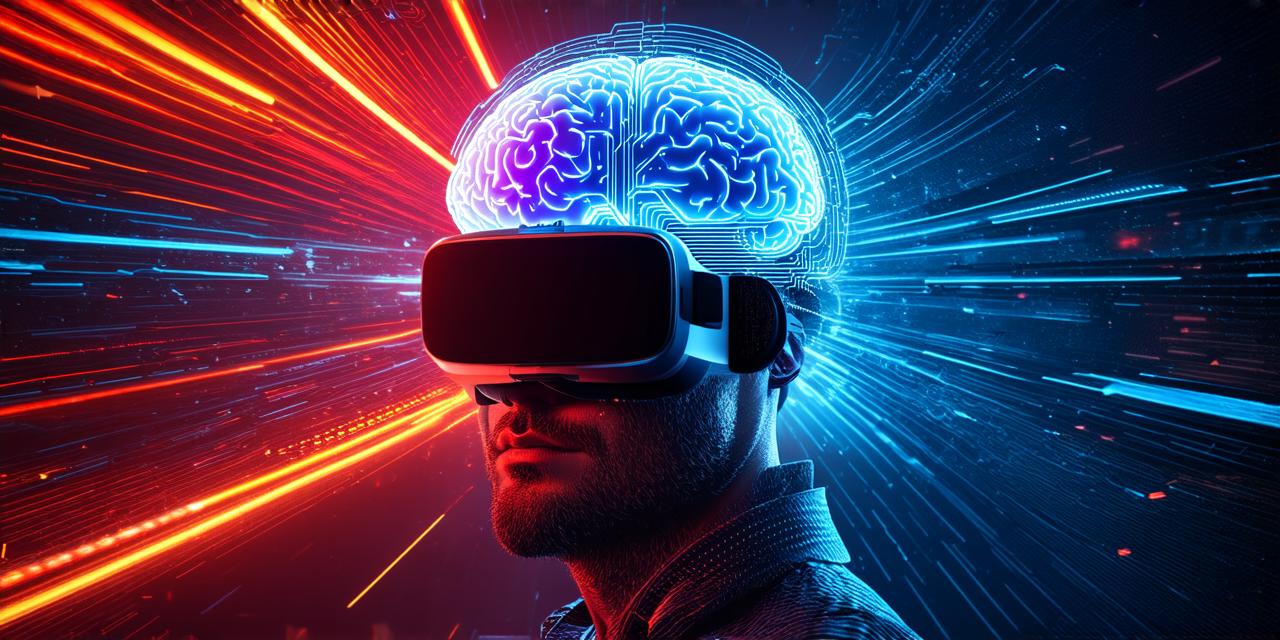Virtual reality (VR) is a rapidly-evolving technology that has captured the imagination of people all around the world. From gaming and entertainment to medical treatments and training simulations, VR offers an unprecedented level of immersion that has never been possible before.
The Brain in VR: An Overview
To understand why VR is so effective at engaging our brains, we first need to know a bit about how the human brain works. The brain is made up of billions of neurons that communicate with each other through electrical and chemical signals. Neurons are organized into networks that are responsible for processing different types of information, such as sight, sound, touch, and more.
When we put on a VR headset, we’re essentially tricking our brains into thinking that we’re in a different environment. By presenting us with visual, auditory, and sometimes even haptic feedback, VR systems can create an immersive experience that engages multiple areas of the brain at once.
The Science Behind VR’s Brain Tricks: Immersion and Presence
One of the key factors that make VR so effective is its ability to create a sense of immersion and presence. When we’re in a virtual environment, our brains are bombarded with sensory information that is almost indistinguishable from reality. This can lead to a feeling of being truly present in the virtual world, even though we know that it’s not real.
This sense of immersion and presence is achieved through a combination of factors, including high-resolution graphics, surround sound, motion tracking, and haptic feedback. By simulating the sensory information that our brains normally receive when we’re in the real world, VR systems can create a virtual environment that is almost indistinguishable from reality.
The Science Behind VR’s Brain Tricks: Memory and Learning
Another powerful aspect of VR is its ability to enhance memory and learning. By presenting us with a virtual environment that simulates real-world scenarios, VR systems can help us learn new skills and remember information more effectively.
This is because our brains are naturally wired to process and retain information that is presented in an immersive and engaging way. When we’re in a virtual environment, our brains are able to focus on the task at hand without being distracted by external factors. This can lead to better learning outcomes and improved retention of information.
The Science Behind VR’s Brain Tricks: Social Interaction and Empathy
Finally, VR has the potential to enhance social interaction and empathy by allowing us to experience different perspectives and cultures in a safe and controlled environment. By putting on a VR headset, we can step into someone else’s shoes and see the world through their eyes. This can help us better understand and connect with people from diverse backgrounds and promote greater empathy and understanding.
Conclusion: The Science Behind VR’s Brain Tricks
In conclusion, the science behind VR’s brain tricks is complex and multifaceted, involving factors such as immersion and presence, memory and learning, and social interaction and empathy. By leveraging the power of these brain triggers, VR systems can create immersive experiences that engage our brains in unprecedented ways and offer a wide range of potential benefits, from gaming and entertainment to medical treatments and training simulations.
